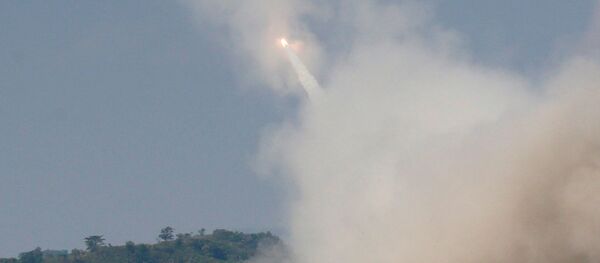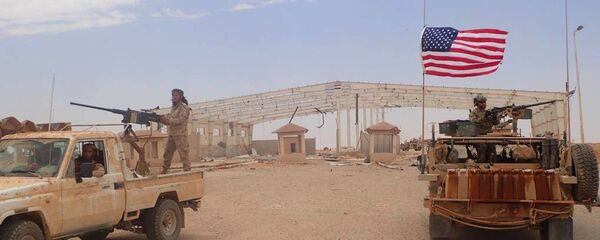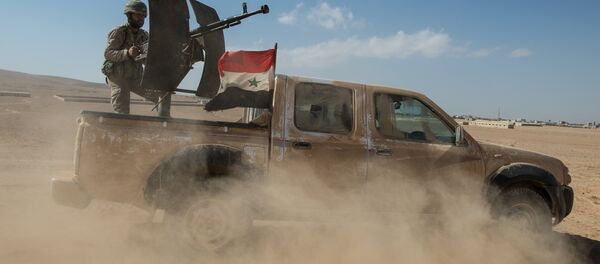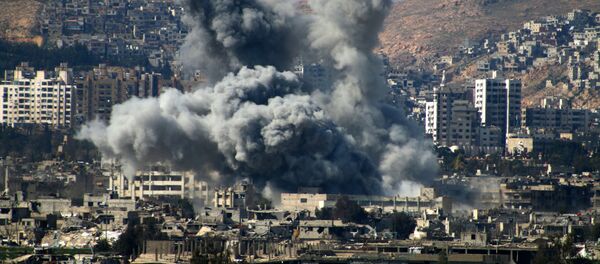The Russian Defense Ministry also pointed to the fact that any foreign weapons deployment to Syria must be authorized by the country’s legitimate government.
It added that the HIMARS deployment does not comply with the US-led coalition declared goal to fight Daesh.
"The US-led anti-Daesh coalition has several times attacked Syrian government forces fighting Daesh near the Jordanian border. It is possible to assume that similar strikes could be continued in the future, involving HIMARS from now on. So what objectives is the US pursuing in Syria?" the statement said.
From Tehran to Damascus
"At the moment, [US President Donald] Trump administration’s priority is preventing the creation of a land route spanning from Iran to Lebanon in the so-called Shia Crescent," Rizk told RT.
He elaborated: "What we’re witnessing now should be taken in the same context. A group of countries led by Iran has significantly expanded their influence in the region. Russia expressed concern that instead of fighting Daesh, the US has attacked pro-Assad forces."
The HIMARS deployment to the area of al-Tanf is understandable because the Damascus-Baghdad highway runs through the city and further to Iran.
"This is why they will stay in al-Tanf until Daesh is completely defeated. They say their goal is to prevent the spread of the terrorist threat. There is a military base in the city where opposition forces have been trained to fight Daesh," the expert said.
Coalition Strikes in al-Tanf
The ministry added that instead of fighting Daesh the US-led coalition along with the Syrian opposition have agreements with terrorists so that they can leave the territories under their control and attack the areas controlled by Damascus
"Instead of destroying the terrorists guilty of killing hundreds and thousands of Syrian civilians, the US-led coalition together with the Syrian Democratic Forces […] conspire with Daesh leaders for them to peacefully surrender the settlements they control and relocate to the provinces where the Syrian government forces are actively engaged," commander of the Russian grouping in Syria, Col. Gen. Sergei Surovikin said.
On June 6, the Pentagon announced the coalition conducted a strike on pro-Syrian government forces as they entered the de-confliction zone with Russia and posed threat to its personnel. The force comprised of a tank, artillery, anti-aircraft weapons, armed technical vehicles and more than 60 soldiers. The first similar attack on pro-Damascus forces near al-Tanf took place on May 18.







